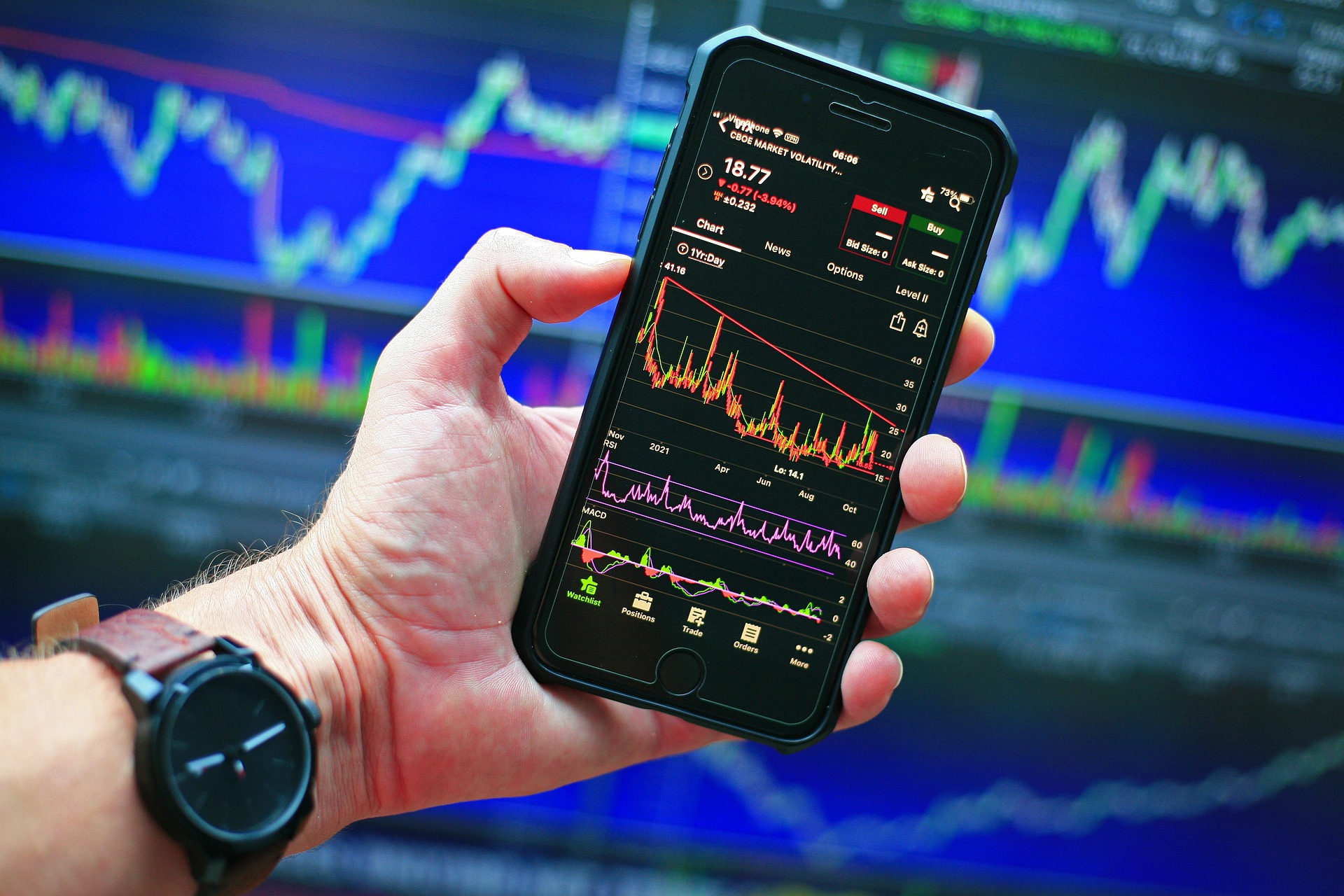The alluring world of forex trading beckons with the promise of financial rewards. However, venturing into this dynamic market without proper preparation can be fraught with risk. Here’s where forex trading simulators step in, providing a safe and valuable learning ground for aspiring traders. This article equips you with the knowledge and skills to effectively utilize these simulated environments, guiding you through the setup process, exploring advanced functionalities, and ultimately empowering you to hone your trading strategies and cultivate confidence before risking real capital.
Forex Trading Simulators
Forex trading simulators serve as invaluable tools for both novice and experienced traders alike. These software applications or platforms replicate real-market conditions, providing users with a risk-free environment to practice trading strategies, analyze market data, and track performance. By simulating the dynamic and fast-paced nature of the foreign exchange market, traders can gain valuable insights into market dynamics, such as how economic indicators, geopolitical events, and market sentiment impact currency prices.
Moreover, Forex trading simulators offer a safe space for traders to experiment with different trading strategies without risking actual capital. This allows traders to refine their approaches, identify strengths and weaknesses, and ultimately improve their trading skills. Whether you’re just starting out in Forex trading or looking to enhance your existing skills, incorporating a Forex trading simulator into your routine can be a highly beneficial practice.
Benefits of Using Forex Trading Simulators
Using Forex trading simulators offers a multitude of benefits for traders of all levels:
- Understanding Market Dynamics:
- Gain insights into how economic indicators, geopolitical events, and market sentiment influence currency prices.
- Observe real-market conditions and their impact on trading decisions.
- Developing Trading Strategies:
- Experiment with various trading approaches in a risk-free environment.
- Test different strategies and analyze their effectiveness without financial consequences.
- Risk-Free Practice:
- Practice trading without the fear of losing real capital.
- Make mistakes and learn from them without financial repercussions.
- Enhancing Decision-Making Skills:
- Improve decision-making skills by analyzing market data and making trading decisions in simulated scenarios.
- Develop the ability to react quickly to changing market conditions.
- Building Confidence:
- Gain confidence in your trading abilities by practicing in a simulated environment.
- Increase comfort levels with trading techniques and strategies before implementing them in live trading.
By leveraging the benefits of Forex trading simulators, traders can hone their skills, develop effective strategies, and ultimately increase their chances of success in the challenging world of Forex trading.
Choosing the Right Forex Trading Simulator
| Features to Look For | User-Friendly Interface | Compatibility |
| Realistic Market Data | Intuitive Navigation | Desktop |
| Advanced Charting Tools | Customizable Settings | Mobile |
| Backtesting Capabilities | Responsive Support | Web-based |
When selecting the right Forex trading simulator, it’s essential to consider several key factors:
- Features to Look For:
- Ensure that the simulator provides realistic market data to simulate actual trading conditions.
- Look for advanced charting tools and backtesting capabilities to analyze trading strategies effectively.
- User-Friendly Interface:
- Opt for a simulator with an intuitive navigation system and customizable settings.
- A user-friendly interface makes it easier to navigate the platform and customize settings according to individual preferences.
- Compatibility:
- Consider the compatibility of the simulator with your trading setup.
- Determine whether the simulator is available for desktop, mobile, or web-based platforms to ensure seamless access from any device.
- Realistic Market Data:
- Choose a simulator that provides accurate and up-to-date market data to replicate real-market conditions effectively.
- Realistic market data allows for more accurate backtesting and analysis of trading strategies.
- Intuitive Navigation:
- Select a simulator with an intuitive navigation system that makes it easy to access various features and functions.
- An intuitive interface enhances the user experience and streamlines the trading process.
By considering these factors and conducting thorough research, traders can choose the right Forex trading simulator that meets their needs and preferences, ultimately enhancing their trading experience and improving their skills.
Getting Started with a Forex Trading Simulator
Getting started with a Forex trading simulator is straightforward and can be broken down into two main steps:
Setting Up an Account
First, you’ll need to choose a Forex trading simulator that suits your needs and preferences. Once selected, create an account on the platform by providing the necessary information. Some simulators may require you to verify your email address or complete a registration process before accessing the platform.
Exploring Demo Trading Options
Once your account is set up, take some time to explore the demo trading options available on the simulator. Familiarize yourself with the layout and features of the platform, such as placing trades, analyzing charts, and using technical indicators. Demo trading allows you to practice trading in a risk-free environment using virtual funds, helping you become comfortable with the platform before transitioning to live trading.
Utilizing Tools and Resources
When it comes to utilizing tools and resources in Forex trading, traders have access to a wide range of options to enhance their trading experience:
Technical Analysis Tools:
- Charting Software: Utilize charting software to analyze price movements and identify trends.
- Technical Indicators: Make use of technical indicators such as moving averages, RSI, MACD, and Bollinger Bands to identify potential trading opportunities.
- Pattern Recognition: Use pattern recognition tools to identify chart patterns such as triangles, head and shoulders, and double tops/bottoms, which can signal potential price movements.
Fundamental Analysis Resources:
- Economic Calendar: Stay informed about upcoming economic events and their potential impact on currency markets.
- Market News: Follow financial news sources to stay updated on geopolitical events, central bank announcements, and other factors influencing currency prices.
- Economic Reports: Analyze economic reports such as GDP growth, inflation rates, and employment data to gauge the health of economies and their respective currencies.
Educational Materials:
- Tutorials and Webinars: Take advantage of tutorials and webinars offered by Forex trading platforms to learn about trading strategies, risk management techniques, and market analysis methods.
- Educational Articles: Read educational articles and blogs written by experienced traders and market analysts to gain insights into various aspects of Forex trading.
- Trading Courses: Enroll in online trading courses to deepen your understanding of Forex trading concepts and strategies.
By leveraging these tools and resources effectively, traders can enhance their analytical skills, stay informed about market developments, and make more informed trading decisions in the Forex market.
Practicing with Realistic Scenarios
Practicing with realistic scenarios is essential for honing trading skills in the Forex market. Simulating real-market conditions allows traders to experience the ups and downs of trading without risking real capital. By immersing themselves in simulated scenarios, traders can test different trading strategies, analyze market trends, and learn how to react to various situations effectively.
Furthermore, practicing with realistic scenarios helps traders develop the discipline and emotional resilience necessary for successful trading. It allows them to experience the psychological aspects of trading, such as managing emotions like fear and greed, without the pressure of financial loss. Through consistent practice and exposure to realistic scenarios, traders can build confidence in their abilities and improve their chances of success in the Forex market.

